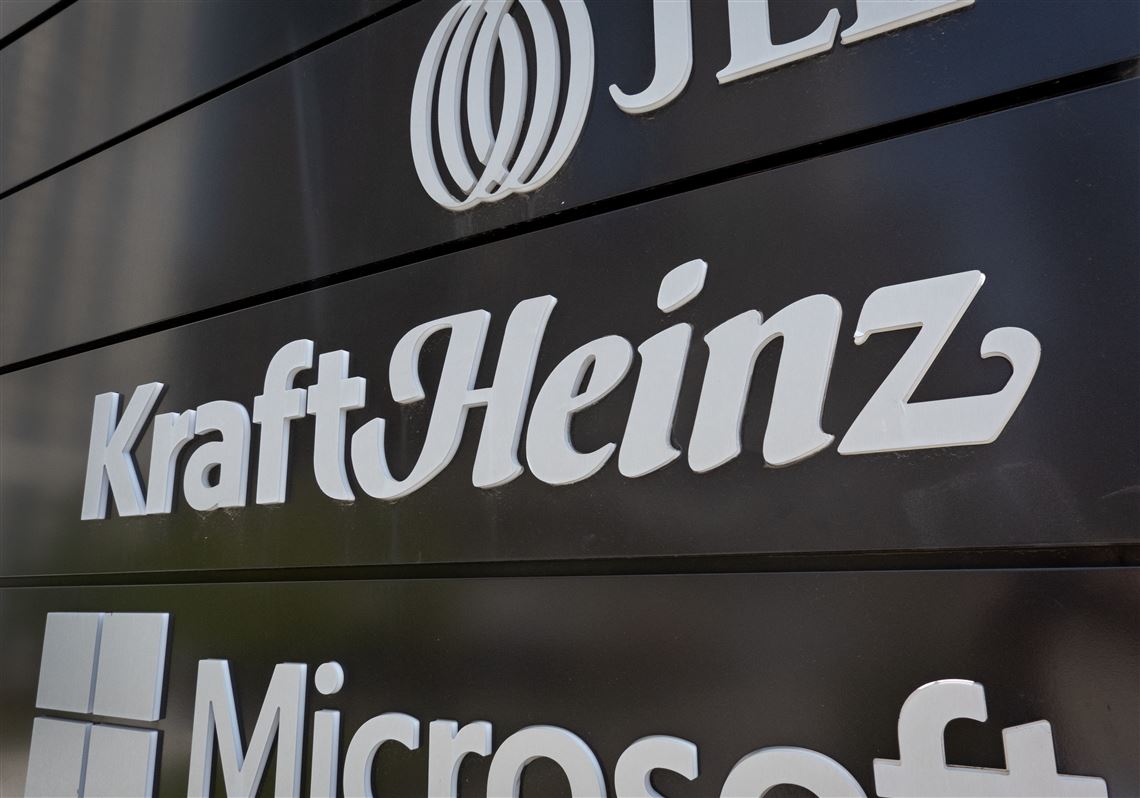Kraft Heinz, one of the world’s largest food and beverage conglomerates, has revealed a major restructuring plan that will see the company divide into two separate entities. The decision marks a significant shift in strategy for the iconic brand, signaling an effort to streamline operations, focus on core strengths, and respond to evolving consumer preferences in a highly competitive market. Analysts and industry observers are closely monitoring the move, which is expected to have wide-ranging implications for shareholders, employees, and the global food industry.
El proyecto de separación dará lugar a dos empresas independientes, cada una con su propio equipo de gestión, estructura operativa y enfoque de mercado. Una entidad se centrará en las icónicas marcas alimentarias globales de la compañía, que incluyen nombres familiares en condimentos, comidas envasadas y productos básicos de despensa. La otra se enfocará en snacks y alimentos de conveniencia, un sector que ha experimentado un rápido crecimiento debido a los cambios en los hábitos de los consumidores y la creciente demanda de productos para llevar. Al crear entidades especializadas, Kraft Heinz busca alinear mejor los recursos con las oportunidades del mercado y acelerar la innovación dentro de cada segmento.
Leaders at Kraft Heinz highlighted that the division aims to improve nimbleness and strategic transparency. “By becoming two specialized companies, we can better address consumer trends, simplify decision-making, and generate value for shareholders,” mentioned a company representative. The separation is also aimed at enabling each entity to follow customized growth strategies, distribute capital more effectively, and carve out a unique presence in a progressively saturated market.
El cambio se produce en un momento de transformación considerable en la industria alimentaria mundial. Las preferencias de los consumidores hacia opciones más saludables, alternativas basadas en plantas y empaques sostenibles han presionado a las empresas de alimentos envasados tradicionales para que innoven. Kraft Heinz ha enfrentado dificultades en años recientes, incluyendo patrones de compra cambiantes, interrupciones en la cadena de suministro y competencia creciente tanto de grandes compañías multinacionales como de ágiles empresas emergentes. Se considera que la reestructuración es un paso proactivo para abordar estas dificultades mientras posiciona a la marca para un crecimiento a largo plazo.
Financial specialists observe that the division might reveal significant shareholder value by enabling investors to focus on particular market segments with enhanced accuracy. Establishing two publicly listed companies could draw interest from various kinds of investors, based on their interest in well-established food brands versus fast-growing snack and convenience items. Industry observers predict that each company will establish unique investment identities, operational statistics, and performance objectives, simplifying the process for stakeholders to assess possible returns.
Experts in the field additionally highlight the operational advantages of the division. By concentrating on individual business units, Kraft Heinz can simplify supply chains, enhance production methods, and cut down overlapping administrative expenses. This boost in efficiency could lead to higher profitability, liberate resources for research and innovation, and increase the pace at which new products launch. Moreover, distinct management groups can seek strategic alliances, acquisitions, and market growth that suit the specific requirements of their distinct segments.
The news has elicited varied responses from investors and market analysts. Some perceive this as a daring and essential action to rejuvenate the company, whereas others warn that undertaking a corporate division of this magnitude carries risks, such as possible operational disruptions, employee doubts, and transitional expenses. Experts emphasize that meticulous planning and effective communication are vital to facilitate a seamless transition and sustain trust among shareholders, workers, and customers.
From a consumer perspective, the restructuring is unlikely to result in immediate changes to the products on store shelves. However, over time, each company may pursue different marketing strategies, product innovations, and packaging approaches. For example, the snack-focused entity may prioritize smaller, on-the-go formats, healthier ingredient options, and limited-edition flavors, while the legacy food brands company may concentrate on strengthening core staples, expanding international reach, and reinforcing brand loyalty among traditional consumers.
Experts note that the move could influence competitive dynamics within the food sector. Competitors may reassess their own strategies in response, considering similar structural adjustments or focusing on niche growth areas to capture market share. Moreover, suppliers, distributors, and retail partners will closely monitor the transition to anticipate changes in procurement, logistics, and promotional strategies. The split has the potential to reshape business relationships across the food supply chain, with ripple effects extending to retailers and consumers worldwide.
The timing of the announcement aligns with Kraft Heinz’s broader vision of long-term sustainability and market responsiveness. Both new entities are expected to prioritize initiatives that reflect evolving consumer expectations, including transparency in labeling, sustainable sourcing, and environmentally conscious packaging. By creating separate companies, each management team can concentrate on implementing sustainability measures most relevant to their product lines and customer base, enhancing brand reputation and meeting regulatory requirements.
In terms of corporate governance, the split will involve establishing independent boards, executive leadership, and financial reporting systems for each company. This structure allows for clearer accountability, targeted performance evaluation, and more focused strategic planning. Investors are likely to appreciate the transparency and clarity provided by separate reporting, which can improve decision-making and support long-term growth objectives.
The move also carries implications for workforce management. Employees may be reassigned, restructured, or given new roles as each company develops its operational framework. Human resources teams will play a critical role in ensuring smooth transitions, maintaining morale, and aligning talent with strategic priorities. Both companies are expected to offer opportunities for professional growth and specialization within their respective sectors, fostering innovation and retaining top talent.
Global investors have responded with keen interest, as the split could present opportunities for targeted investment in distinct areas of the food industry. While one entity may attract conservative investors seeking stable returns from well-established brands, the snack and convenience company may appeal to those interested in higher-growth, trend-driven segments. This diversification of investment options reflects the evolving nature of the packaged food market and investor preferences.
The corporate separation is also expected to influence marketing and branding strategies. Each company will have the flexibility to create tailored campaigns, refine product portfolios, and engage directly with specific consumer segments. Targeted advertising, digital engagement, and brand storytelling are likely to become central to each company’s approach, allowing for more effective market penetration and brand differentiation.
Analysts predict that the restructuring could set a precedent for other multinational food companies grappling with similar challenges. By strategically dividing operations, Kraft Heinz demonstrates a willingness to adapt to market pressures, innovate, and prioritize consumer needs. Observers note that such a move reflects a broader industry shift toward more agile, focused, and responsive corporate structures.
Kraft Heinz’s decision to split into two independent companies represents a pivotal moment in the company’s history. By separating its legacy food brands from its rapidly growing snack and convenience segment, the company aims to enhance focus, improve operational efficiency, and better meet the evolving expectations of consumers and investors alike. While the transition will involve challenges, including operational adjustments, employee realignment, and market uncertainty, the long-term potential benefits are substantial. This strategic move positions Kraft Heinz to navigate the complexities of the modern food industry while fostering innovation, agility, and sustainable growth for years to come.





